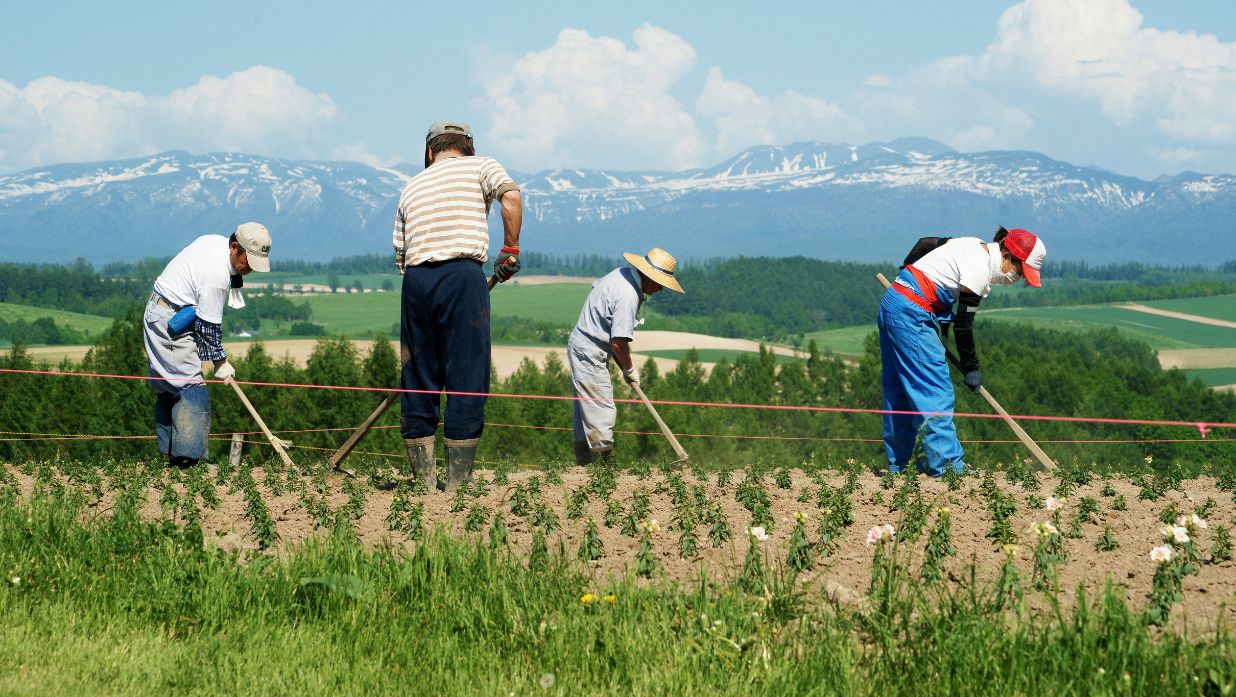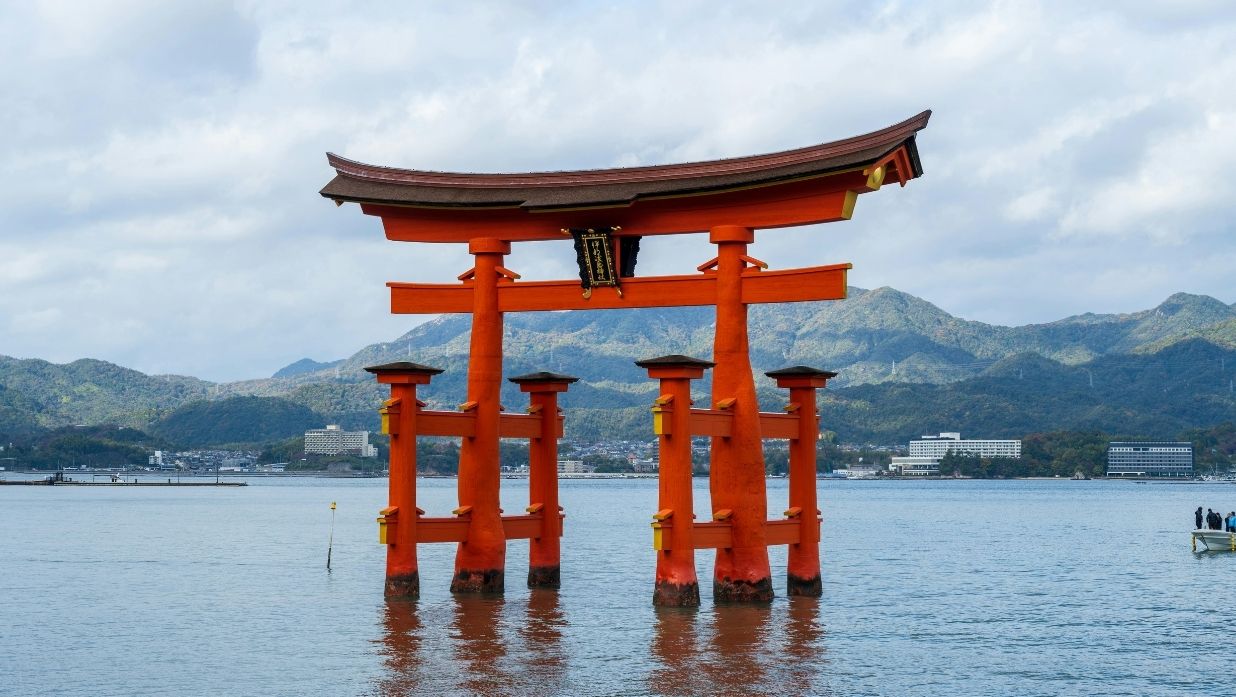What is Osechi Ryori? Japan’s New Year Traditional Dishes
Did you know Japanese people have a tradition not to cook on the first few days of January? Instead, they prepae and eat ‘osechi ryori’ in December.

Did you know Japanese people have a tradition not to cook on the first few days of January? Instead, they prepae and eat ‘osechi ryori’ in December.

You may be surprised to hear Japan has its holiday for both Labor Day and Thanksgiving. In fact, they are actually celebrated on the same day, on November 23. Known as Labor Thanksgiving Day or 勤労感謝の日 (Kinrou Kansha no hi), it is used to commemorate people’s hard work and was established by the Japanese government […]

Culture Day isn’t dedicated to Japanese culture alone, but whilst we are in Japan, how can we further appreciate the arts here?

The phrases, ittekimasu, itterasshai, tadaima, okaerinasai symbolize so well Japanese spirit that once you grasp the nuance of their meaning you will have a deeper understanding of Japanese culture.

If you’re planning on visiting Japan, you should make the trip twice! Once in the spring to experience the cherry blossoms, and again in autumn to witness the beautiful sight of the tree leaves turning red (momiji)! While cherry blossoms symbolize new life and fresh beginnings, momiji, written as 紅葉, marks the start of the […]

Sports and Health Day in Japan is more closely associated with exercise, the community and healthy-eating, but is there anything else we should pay attention to?

What does daijoubu mean? Read this blog to learn the ways to use the word 大丈夫 with practical examples and tips.

Saying “goodbye” can be difficult no matter where you’re from. In Japanese, the word sayonara often carries the weight of a long farewell, hinting that you might not see the person for a long time. But don’t worry: Japanese language has plenty of other ways to say farewell that are lighter, more casual, and full […]

Far from being a new practice, the foundations of Autumnal Equinox Day were actually laid out centuries ago. But, many moons later, are the origins of this holiday still relevant today?

Japan is the only nation to have a public holiday dedicated to the oceans. So, why is Marine Day important and how can we all celebrate it together?
